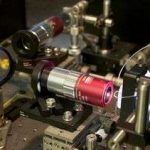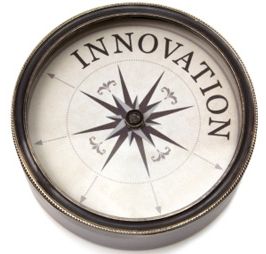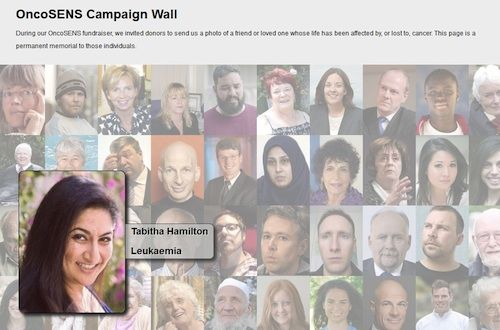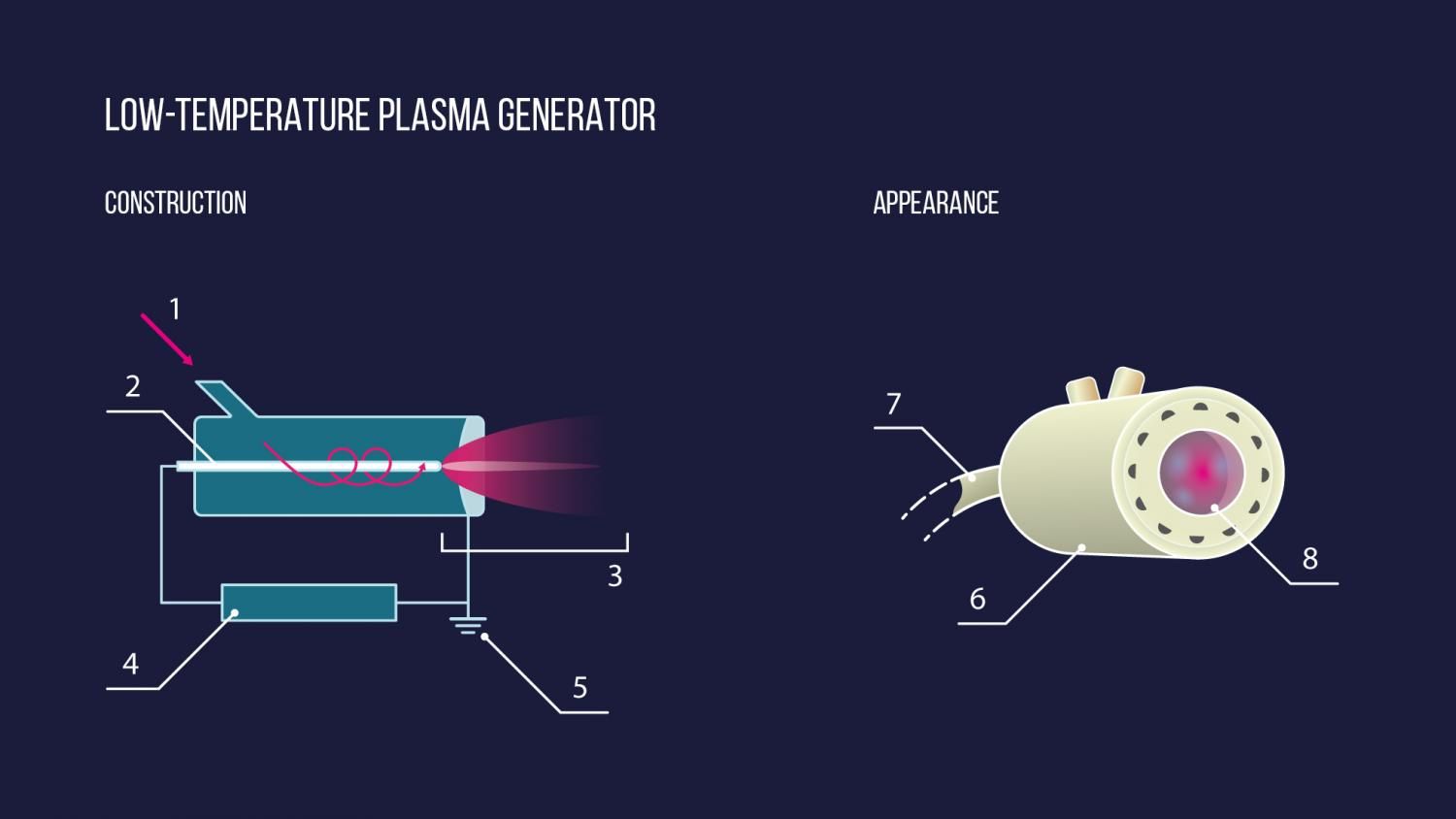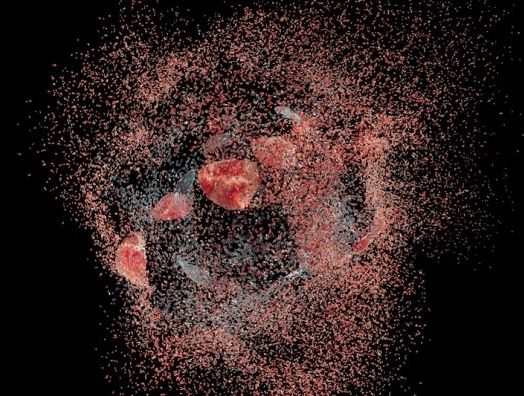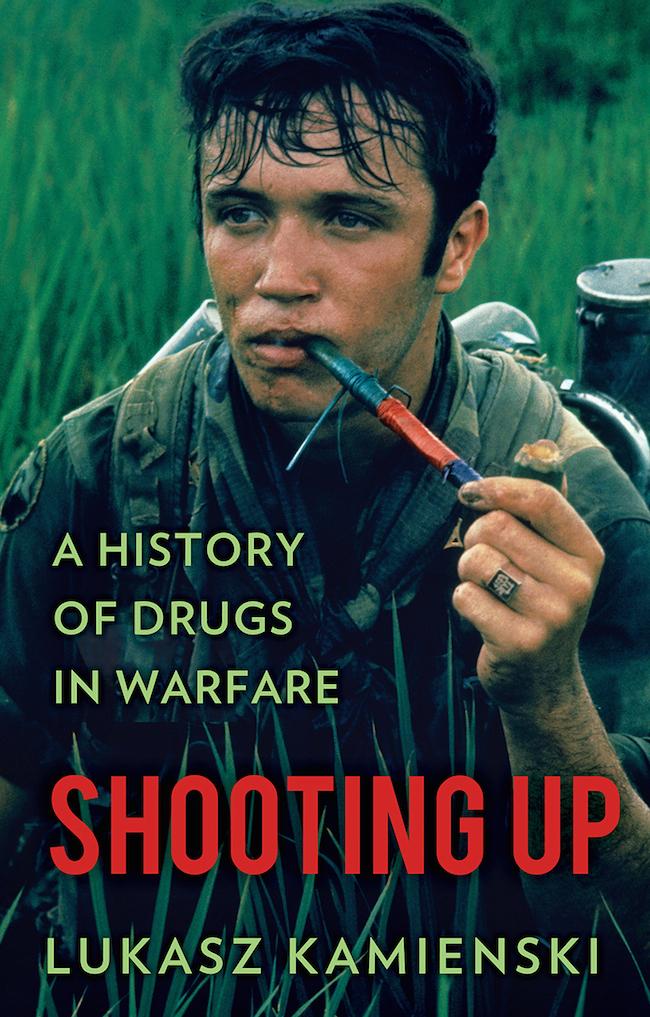Archive for the ‘biotech/medical’ category: Page 2540
Sep 15, 2016
CRISPR: What Does Gene Editing Mean for the Future of Primal Living?
Posted by Karen Hurst in categories: bioengineering, biotech/medical, genetics
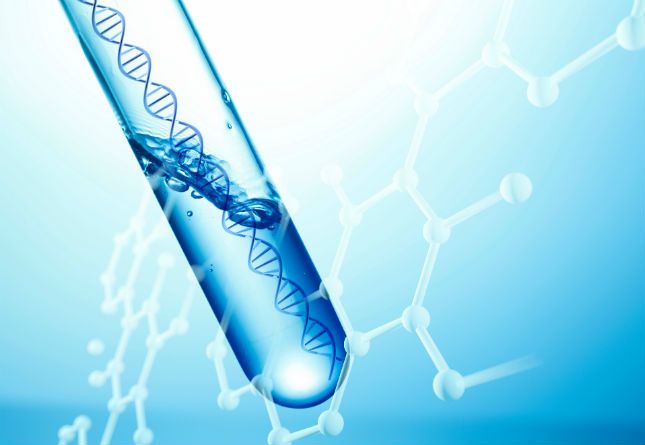 By now, you’ve no doubt heard of CRISPR, the latest gene-editing tool sweeping research labs across the globe. It was first discovered in certain strains of bacteria, who use it as an important weapon against dangerous viruses. In bacteria, CRISPR identifies a virus that poses a threat, records the virus’ genetic data and imprints it onto RNA molecules. An immune enzyme called Cas9 grabs one of the RNA molecules and goes exploring. When Cas9 encounters a virus that matches the data on the RNA molecule, it latches on and slices the virus in half to prevent it from replicating and posing any threat.
By now, you’ve no doubt heard of CRISPR, the latest gene-editing tool sweeping research labs across the globe. It was first discovered in certain strains of bacteria, who use it as an important weapon against dangerous viruses. In bacteria, CRISPR identifies a virus that poses a threat, records the virus’ genetic data and imprints it onto RNA molecules. An immune enzyme called Cas9 grabs one of the RNA molecules and goes exploring. When Cas9 encounters a virus that matches the data on the RNA molecule, it latches on and slices the virus in half to prevent it from replicating and posing any threat.
Researchers have co-opted the CRISPR/Cas9 mechanism to edit genes. Instead of copying dangerous viral DNA sequences onto the RNA molecules, they can copy over any sequence they want to edit. And instead of Cas9 destroying viruses, it makes precise cuts and removes specific bits of genetic data from the designated sequence. This allows researchers to target and edit specific gene sequences with genetic data of their choosing.
Sep 15, 2016
Dark Web Criminals Supplying Forged Diplomas & Certifications
Posted by Karen Hurst in categories: biotech/medical, computing, education, employment, internet
And, we all have heard all of the horrorr stories of a botch surgery or treatment performed by a MD who was a fraud. Well, our friends on the Dark Web are at work again in supplying anyone willing to pay fake diplomas & certifications. The challenge is how do companies and agencies validate? Something to ponder as we all know hackers can also forge educational records as well.
Criminals on the Dark Web (a lawless, unregulated part of the Internet) are supplying fake diplomas and employment certifications to anyone with a few hundred bucks.
According to Israeli threat intelligence firm Sixgill, people are even hiring hackers to penetrate university computer systems to alter grades.
Continue reading “Dark Web Criminals Supplying Forged Diplomas & Certifications” »
Sep 15, 2016
Programmable Biology Has Begun
Posted by Karen Hurst in categories: bioengineering, biotech/medical, genetics, life extension, singularity
Scientists have completed reprogramming DNA on the largest scale ever, making the concept of superhumans a reality while advancing Singularity.
Cloned embryo.
Most of us like the idea of superpowers. Though we may never have the strength of Superman, we could be made stronger, faster, and even better-looking, with total control over our genome, or genetic makeup. What about becoming disease-resistant, weight gain resistant, and even slowing down the aging process? This might be possible in decades to come, as geneticists are now getting ever closer to, not just removing and replacing genes, but rewriting entire genomes. It sounds like the realm of science fiction. Yet, consider that geneticists at Harvard recently recoded the genome of a synthetic E. coli bacteria. Prof. George Church and colleagues conducted the study.
Check out the SENS Septemember newsletter and see what’s going on in rejuvenation biotechnology.
SENS Research Foundation email newsletter from 12th September 2016.
Sep 15, 2016
Cold plasma will heal non-healing wounds
Posted by Shailesh Prasad in categories: biotech/medical, particle physics
Russian scientists have found that treating cells with cold plasma leads to their regeneration and rejuvenation. This result can be used to develop a plasma therapy program for patients with non-healing wounds. The paper has been published in the Journal of Physics D: Applied Physics.
Non-healing wounds make it more difficult to provide effective treatment to patients and are therefore a serious problem faced by doctors. These wounds can be caused by damage to blood vessels in the case of diabetes, failure of the immune system resulting from an HIV infection or cancers, or slow cell division in elderly people. Treatment of non-healing wounds by conventional methods is very difficult, and in some cases impossible.
Cold atmospheric-pressure plasma refers to a partially ionized gas—the proportion of charged particles in the gas is close to 1 percent, with a temperature below 100,000 K. Its application in biology and medicine is possible through the advent of plasma sources generating jets at 30–40?°C.
Sep 14, 2016
Scientists develop revolutionary heart attack sensor
Posted by Karen Hurst in categories: biotech/medical, genetics, nanotechnology
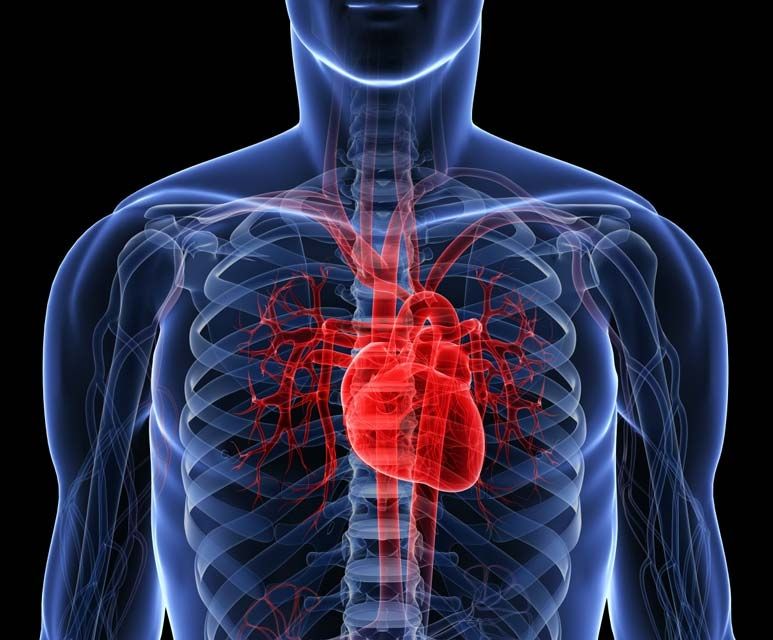 An international collaboration of scientists involving a team of researchers at Manchester led by Dr. David J. Lewis has developed a tiny electric sensor, which could potentially improve patient survival rates by telling doctors if a person has had a heart attack.
An international collaboration of scientists involving a team of researchers at Manchester led by Dr. David J. Lewis has developed a tiny electric sensor, which could potentially improve patient survival rates by telling doctors if a person has had a heart attack.
Cardiovascular diseases account for around 30 per cent of adult deaths in the 30–70 year age group, which is greater than the combined deaths from all types of cancer. The ability to diagnose cardiac disease is therefore of utmost concern to doctors. When someone has a heart attack, certain chemicals are released into their bloodstream in elevated amounts, and blood tests are therefore the key to diagnosis.
Lewis, from Manchester’s School of Materials, has worked with his colleagues and a team at India’s Institute of Nano Science and Technology (INST) since 2014 to develop a nanoscale sensor made from ‘few-layer black phosphorus’, a new 2D material, which was coated in Deoxyribonucleic Acid (DNA)/genetic material. The immobilised DNA binds to a chemical called myoglobin, which increases in blood plasma after a heart attack and can be detected and measured by a simple electrical test. This could have a major impact, as it is potentially the most rapid, sensitive, selective and accurate method currently available to detect if someone has elevated levels of myoglobin – the measurement of which is one of the methods used in hospitals to check if someone has suffered a heart attack. The researchers predict that its eventual introduction into the clinic could potentially improve patient survival rates after an attack.
Continue reading “Scientists develop revolutionary heart attack sensor” »
Sep 14, 2016
Journey to the Centre of the Cell: Nano-Rods and Worms Wriggle Best
Posted by Karen Hurst in categories: biotech/medical, nanotechnology, transportation
Interesting read.
When it comes to delivering drugs, nanoparticles shaped like rods and worms are the best bet for making the daunting journey to the centre of a cell, new Australian research suggests.
A new study published in Nature Nanotechnology has answered a long-standing question that could lead to the design of better drug delivery vehicles: how nanoparticle shape affects the voyage through the cell.
Continue reading “Journey to the Centre of the Cell: Nano-Rods and Worms Wriggle Best” »
